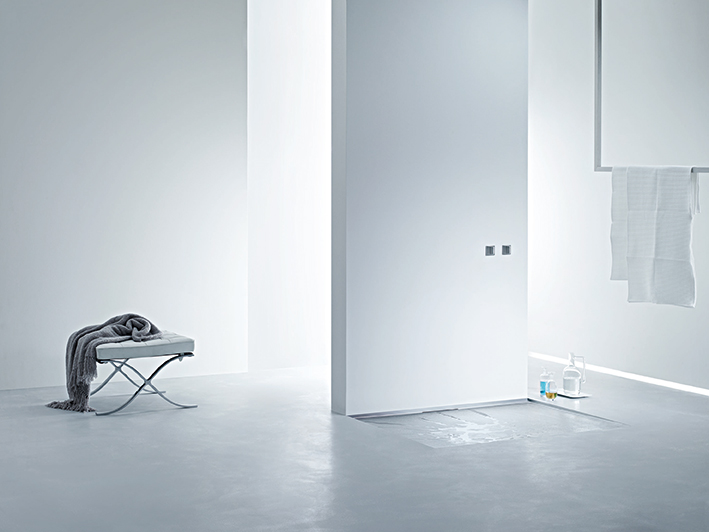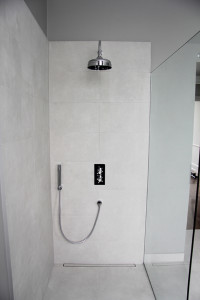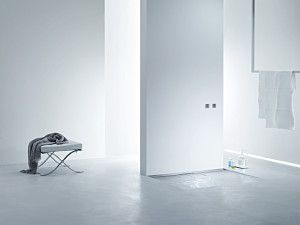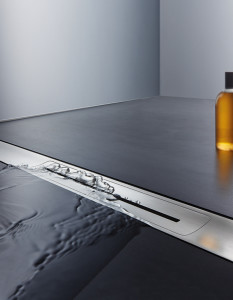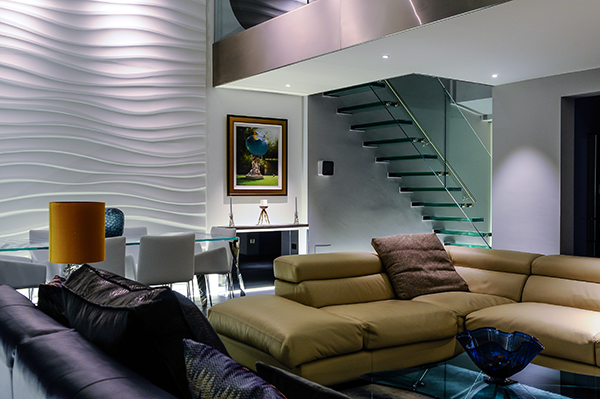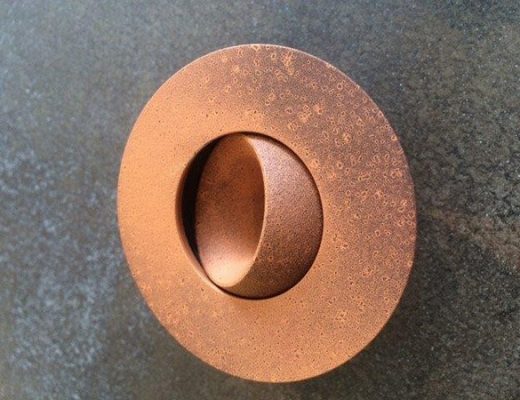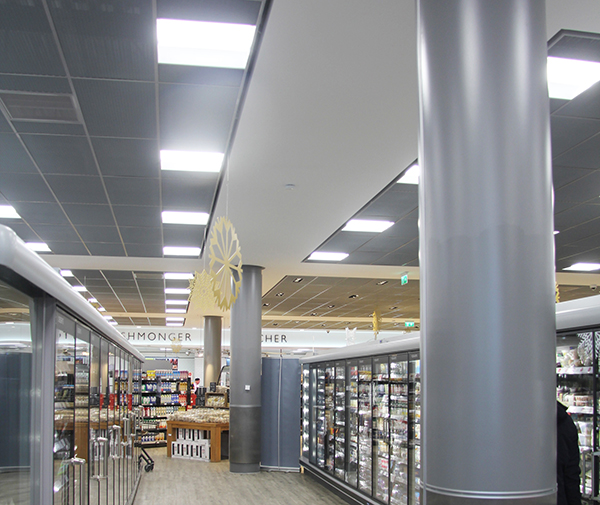In a recent survey undertaken by Anglian Home Improvements sampling 2,000 homeowners, 43% feel that adding a wet room to their homes would increase their homes’ value – amazingly, just one per cent below the aspiration to create an entertainment zone with a supersize screen and games consoles.
This means that the wet room is probably now viewed as the second most desired home improvement. Indeed, the highly respected researcher, AMA, has predicted that the wet room market is set to grow by 34% by 2019 and that it is the fastest-growing sector of the UK bathroom market.
However it is important to consider some key points before opting for a wet room. Firstly, they may seem ideal for ever shrinking bathroom dimensions in new builds as they make more use of restricted space and offer increase design possibilities, but if there is no second bathroom with a bath tub, a wet room may be unsuitable for small children or those who soak rather than shower. One of the biggest advantages of installing a wet room has to be the fact that they are easy to clean – although, because the shower space is larger, good ventilation is a must to avoid mould growth. To combat this, many installers suggest incorporating underfloor heating.
While for the younger generation they present the opportunity to create a sleek, modern and chic showering solution, for the disabled, a wet room can offer increased independence. Which is why they are even becoming a feature of affordable housing schemes.
For social housing providers, a wet room will suit a wider range of tenants than a traditional bathroom, thus removing the need for expensive refurbishment between tenancies to suit individual requirements. With an ageing population, wet rooms offer safe and easy level access, usually with space for a carer, too.
Wet rooms have been growing in popularity for several years now, but initially the products available did not always make for easy installation. Developing technology has resulted in a far wider range of products becoming available, especially for overcoming the biggest problem of all – water ingress into the substrate of the building. Indeed that was, in the past, the main factor discouraging people from fulfilling their dream of creating one.
The inherent problem experienced with traditional showers is that while the shower tray itself is waterproof, the rest of the room is generally not. In a wetroom, the floor is water proofed, but the vital wall/floor joint is usually the culprit for failures, just as the vital joint around a shower tray can be. Water finds a way through the floor void, rotting timbers or seeping through to ceilings below.
When a shower is first installed you would hope that the installation would be watertight, however over the years silicone sealant becomes hard and less flexible, grout between tiles can crack and ‘water resistant’ tile adhesive can break down. Many, many people over the years have had problems with leaking showers and normally by the time the problem is discovered a lot of water damage has already occurred.
One obstacle faced by homeowners wanting a wet room is that ‘once caught, twice shy’ builders tend to say they are risky on a second floor.
While this may have been advisable in the past due to sealants failing, modern tanking solutions means that it is now possible to create a wet room anywhere in a property, across wooden floors as well as on concrete substrates. Many outlets, from specialists to DIY chains sell wet room membrane, jointing tape and internal as well as external corner profiles as components or a complete ‘kit’. Liquid waterproofing continues to grow in popularity – although time is needed to allow it to cure.
What all installers, manufacturers and suppliers emphasize is that, with a wet room, the shower area must be sloped towards the waste outlet, which is the lowest point in the room and ensure there is no way for water to bypass the drain. The entire floor area must then be waterproofed (tanked) with a minimum upturn of 100mm or four inches to the walls. In the immediate shower area, the walls should be tanked from floor to ceiling before tiling. The best bit of advice the experts all give, though, is that it is worth paying for skilled tradesmen to install a wet room. Another issue to consider is the type of tiling – many people love the idea of natural stone tiles in their bathroom, but this isn’t always practical in wet rooms because the typically porous stone can absorbs moisture and may need to be resealed regularly. Denser ceramic tiles do not.
Effective drainage is now available to suit a wide variety of applications – and it does not have to look like the gullies of old, usually seen at the local swimming pool and which can be difficult to keep clean. Dallmer, which has been designing and manufacturing drainage solutions for showers for decades, has created a wide range of slim-line, modern and easy to clean channels as well as stylish ‘point’ drains.
It is essential that the floor drain selected offers the height adjustment to suit the flooring selected and must also incorporate a way to secure the waterproofing. The technology behind bonding flanges is considerable, to avoid alkali attack over the years.
As with most trends, there is always the possibility that something new will supplant it rather quickly. Showers are a bathroom staple and wet rooms essentially take showers to the next level, but as they are so closely linked to modern design trends, they could become passé by next season – although their practicality over traditional showers makes this highly unlikely.
Finally, for developers, the addition of a wet room helps sell houses as they promise the tantalizing designer appeal of luxury as seen in the trendiest boutique hotels. For manufacturers supplying to the lucrative local authority and housing association sectors, meanwhile, we have seen the development of more affordable wet room products, which can also be purchased by homeowners on a tight budget. Wet rooms, it can be concluded, offer a workable solution for almost all users.
FOR FURTHER INFORMATION PLEASE CONTACT: MR. JOHN PURSER,
DALLMER LTD., 4 NORMAN WAY, LAVENHAM, SUDBURY, SUFFOLK, CO10 9PY.
TEL: 01787 248244 FAX: 01787 248246
Email: info@dallmer.com Web: www.dallmer.com

